by Mike Gulett –
In the long history of the automobile, few things are as expressive—or as interesting—as rear end design. From the tailfins of postwar America to the cool looking fastbacks of the ’60s and the flying buttresses of the ’70s and ’80s, the back end of a car has always been an important canvas for designers. It’s where function, fashion, and flair meet up.
Fins
After World War II, American automakers entered an age of optimism, and no feature captured that energy more than the tailfin. Inspired by fighter jets and rockets designers like Harley Earl at General Motors began sculpting cars that looked like they could fly.
Notable Examples:
-
1948 Cadillac Series 62: The car that started the fin craze.
-
1957 Chevrolet Bel Air: Chrome-laden, sharp-edged, and unmistakable.
-
1959 Cadillac Eldorado: The most exaggerated fins ever put on a production car.
Fins symbolized America’s obsession with the future. But by the early 1960s, tastes shifted. The space race was still on, but car buyers wanted something sleeker and more European in tone.
Fastback
In the 1960s, car design entered a new phase. Sleekness and speed became the new visual language and the fastback took off — a smooth, uninterrupted roofline that swept from windshield to tail, emphasizing motion and aerodynamic intent, whether real or implied.
Why Fastbacks Worked:
-
Suggested speed and performance, even when not moving.
-
Improved aerodynamic drag.
-
Provided a distinctive silhouette that appealed to car buyers.
Fastback Highlights:
-
1965–66 Ford Mustang Fastback: A design icon, combining American muscle with European flair.
-
1966 Dodge Charger: Full-width taillight, dramatic roofline—a bold American statement.
-
Jaguar E-Type Coupe: British refinement with a fastback shape so beautiful it landed in MoMA.
Fastbacks gave the impression of racing heritage, which only intensified as motorsports exposure increased in media. The shape suggested a purpose—an important message in an era that birthed the muscle car.
Flying Buttress
As car shapes became more complex, designers began experimenting with a new rear-end flourish: the flying buttress. Borrowing its name from Gothic architecture, this design featured angled sail panels connecting the roof to the rear fenders—leaving a gap (often glass) between them. It added visual drama while framing the rear window in an interesting way.
Why They Caught On:
-
Added stylistic flair and muscularity to the rear quarter.
-
Allowed for wraparound glass, improving visibility.
-
Suggested aerodynamic engineering, even when mostly visual.
Notable Examples:
-
Ferrari 308 GTB/GTS: Perhaps the most famous flying buttress design.
-
De Tomaso Pantera: Italian exotic with mid-engine aggression and flying buttresses to spare.
- Ford GT – the new one.
-
Ferrari 599 GTB
By the 1980s, these features started to fade as hatchbacks and aerodynamic testing reshaped priorities. But flying buttresses live on in limited forms—even on some modern Ferraris and McLarens.
Kammback
The Kammback (also known as a Kamm tail) is a distinctive automotive design feature where the rear of a vehicle is abruptly truncated to improve aerodynamic efficiency without sacrificing too much interior space or stability. Named after German aerodynamicist Wunibald Kamm, the concept blends form and function in a way that has left a lasting impact on both racing and road car design.
Origins of the Kammback Design
Wunibald Kamm discovered in the 1930s–1940s that a car with a long, teardrop-like body provided the lowest drag, but that much of the aerodynamic benefit could be retained even if the tail was abruptly cut off after a certain point. This truncation—called the Kamm effect—results in:
-
Lower aerodynamic drag
-
Improved high-speed stability
-
Reduced lift at the rear axle
-
Practical packaging benefits (more cabin/trunk space)
Some Memorable Examples:
- Iso Grifo A3/C (Bizzarrini GT 5300)
- Ford GT40
- Ferrari 250 GT Breadvan
The Kammback design became especially relevant in motorsport, where minimizing drag without creating a long overhang was critical.
Conclusion
From the over the top fins that soared toward the sky, to the clean sweep of the fastback, to the structural drama of the flying buttress and the beauty of the Kamm tail the evolution of rear-end design is a testament to automotive creativity.
These aren’t just design trends—they’re visual fingerprints of their time, and each one deserves a place in the collector conversation. One thing’s for sure: the rear end tells a story.
Let us know what you think in the Comments.
Research, some text and some images by ChatGPT 5.

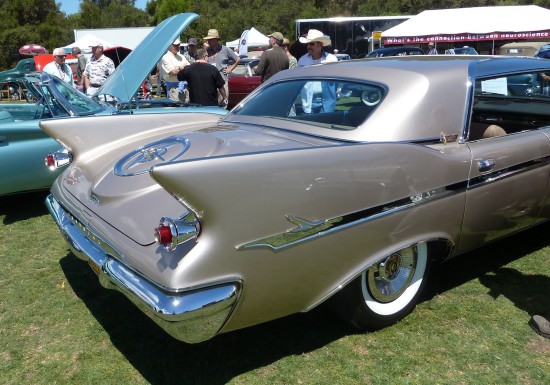
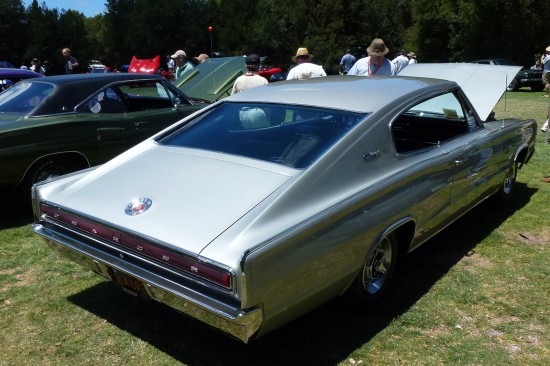
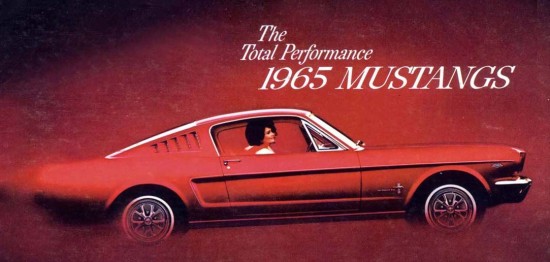
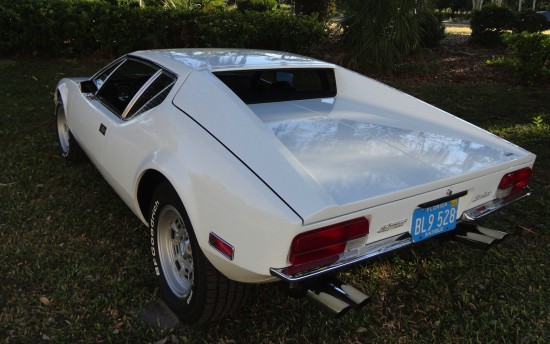
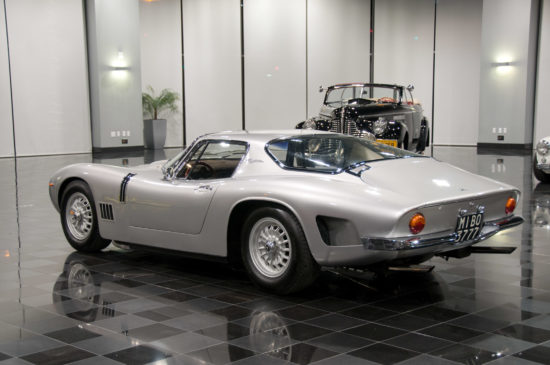
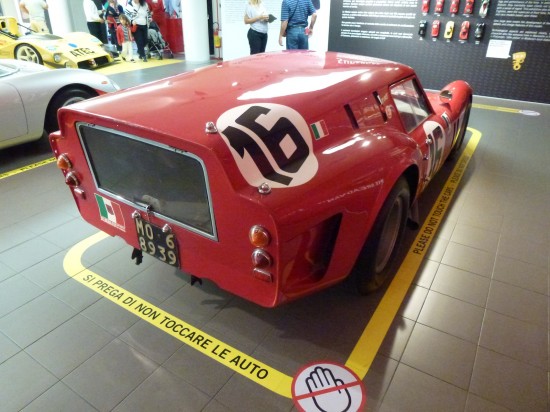
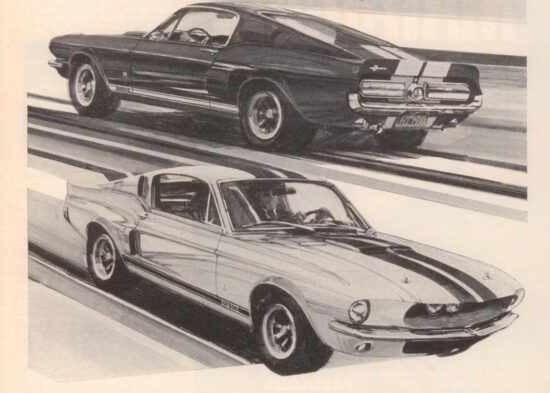
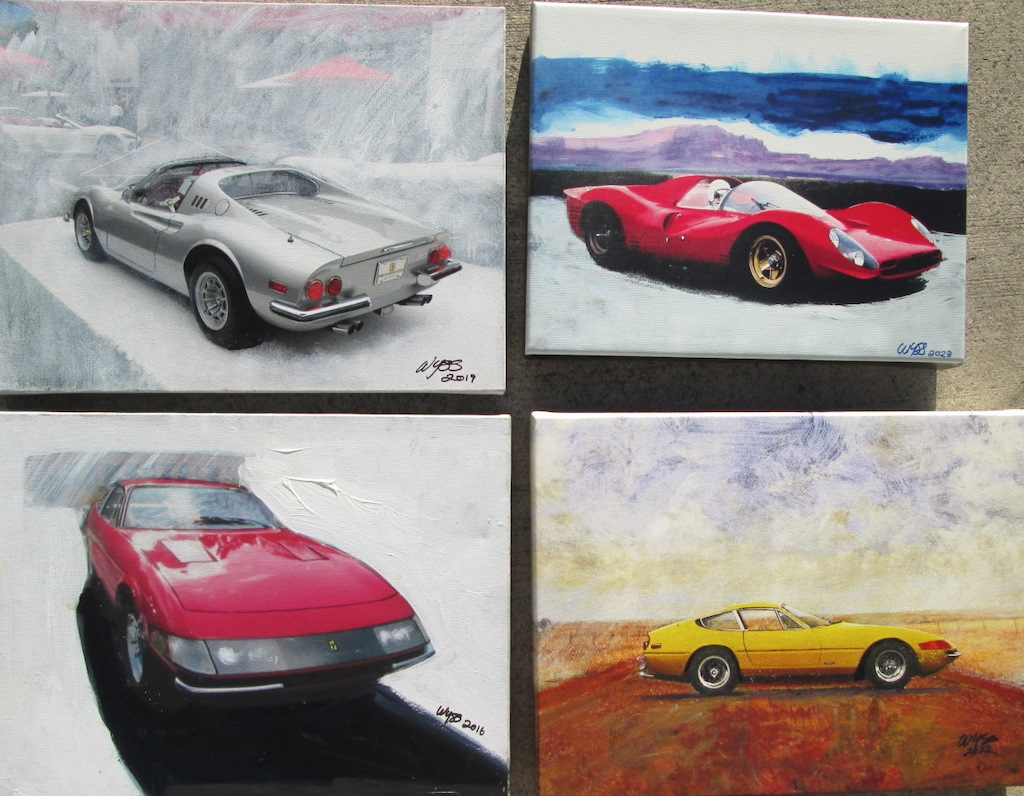

https://www.uniquecarsandparts.com.au/how_it_works_steamlining.php#:~:text=Above%20is%20a%20photo%20montage,picture%20features%20the%20K%2DTail.
The patent was registered not to Kamm but Freiherr Koenig-Fachsenfeld.
Peter Bock read this patent in German while he was working at GM. He was unable to convince Mitchell yo let him apply this to what became the Sting Ray. However while working at Shelby, Peter was able to convince Shelby to let him rebody the Cobra roadster into the Daytona coupe which went on to win the 1965 FIA Sport Car Championship, the only American car ever to do so.
sorry about the spelling. I’m too dependent on spell check!!
John, I made a couple of corrections.
Thanks
My Midsummer is a Pininfarina designed example of a classic rear end.
I am forwarding a few photos of my recent drive.
another photo
That is one beautiful Morgan!
A gorgeous Morgan. Is it v-8 powered?
3.0 liter BMW turbocharged 6 cyl
Makes for a super fast ride ,especially with the Midsummer being so much lighter than a BMW
Though it’s been over 50 years since I was introduced to the 427 Cobra I still find the rear styling fascinating, and not unlike (oh the horror1) a certain view of adult female anatomy. And yet if I talk to any Shelby employee who was there at the beginning they will swear there was no lascivious intent–they simply needed the fenders a few inches wider for the wider wheels and tires and started cutting. But the result is so sensuous. I’ll try to find a painting that hints at what I am talking about